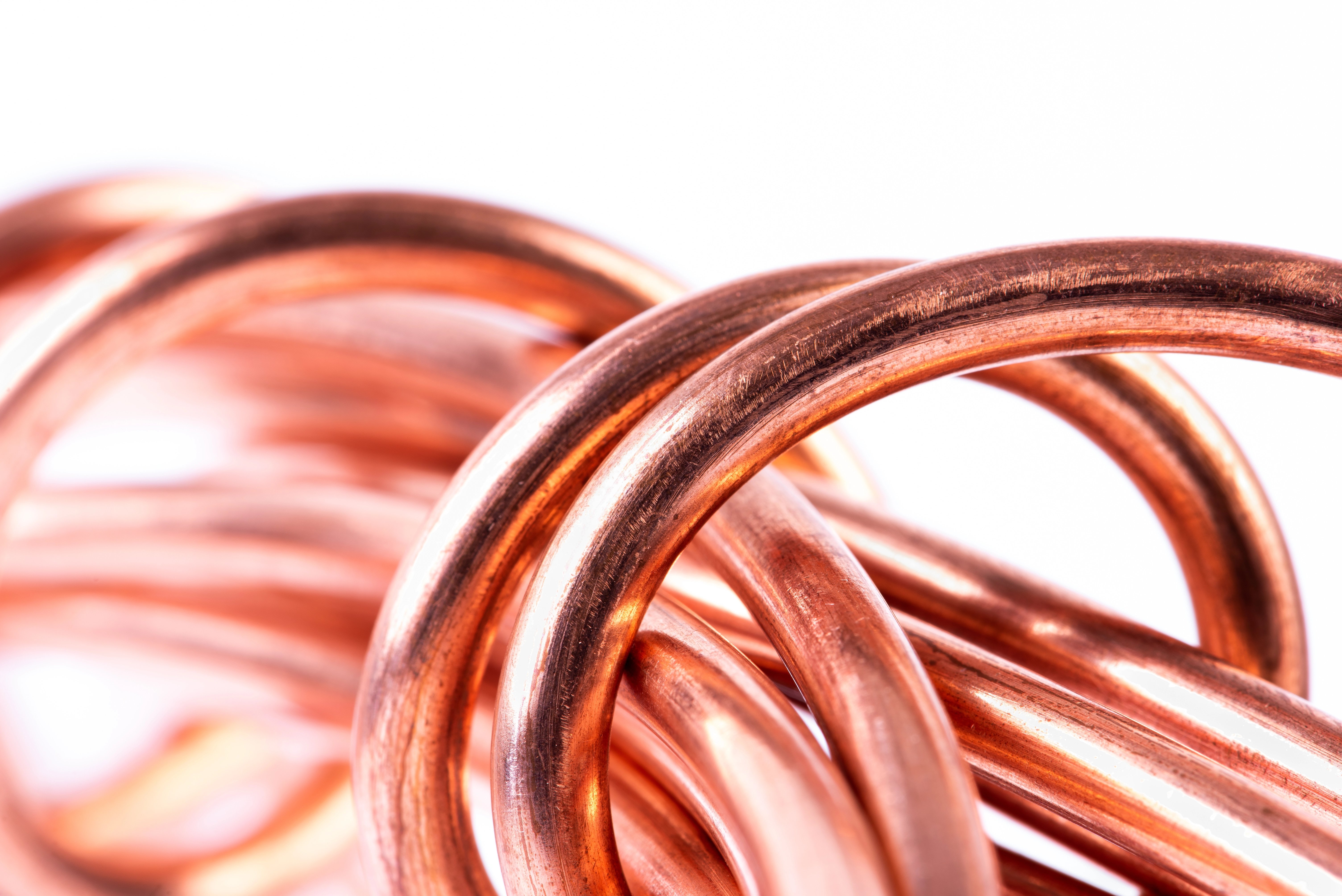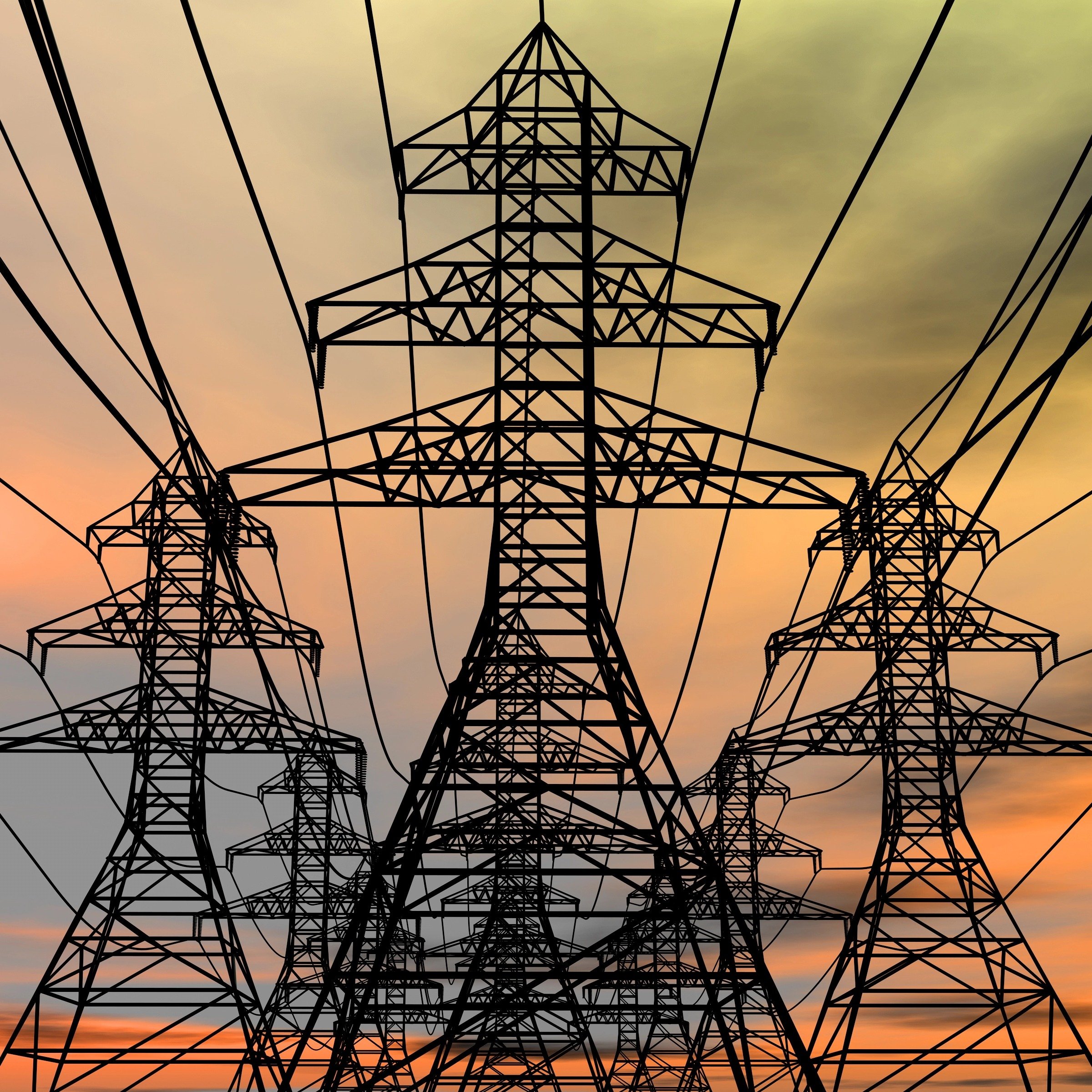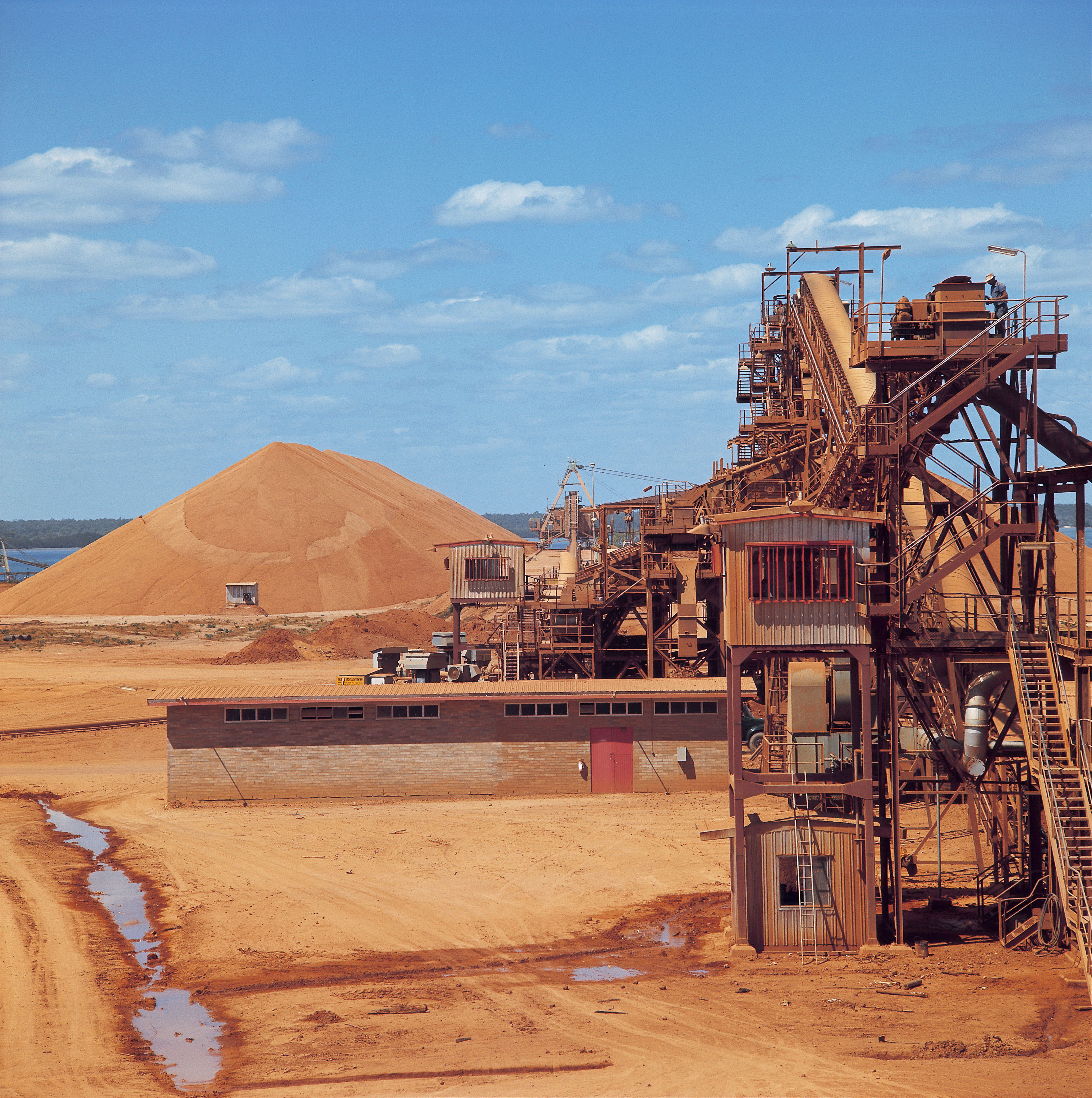At CRU Wire and Cable, we offer unrivalled independent market analysis utilising the expertise of our global team of analysts. We cover market developments in all major cable end-use sectors and track production at over 200 facilities in 32 countries around the globe.
Three key focus areas form the basis of much of our research; Energy cable (split into LV Energy <1kV and Power Cable +1kV), winding wire and metallic communication cable. In this Insight, CRU takes a step back to review the key changes and developments in the wire and cable industry in 2020, highlighting the highs and lows. Subsequently, we form our ‘Top 10 Calls for 2021’, which we believe will steer the market over this coming year.
Global market re-shaped by the Covid-19 pandemic
Undisputedly, 2020 was one of the most turbulent years in decades caused by the outbreak of Covid-19 which led to the ongoing global pandemic. The impact on the global economy has been severe due to lockdowns and social-distancing measures, and the wire and cable industry is not exempt from this worldwide economic downturn.
After a number of temporary plant closures, supply chain disruptions, and a sharp drop in cable demand, the wire and cable industry has, however, proved its resilience. Global cable demand has continued to recover in the second half of the year, with cable manufacturers across the globe reporting improved orders. CRU estimates global total cable consumption contracted by 5.5% y/y last year in conductor tonnes, a significant reduction but shy of the 7.6% y/y plunge seen in 2009, at the peak of the global financial crisis (GFC).
Review of selected calls from 2020: Forecast versus reality
- China will maintain low investment levels in the electricity grid: Despite the early announcement of increasing grid investment levels to support the domestic economy, the actual investment was down by 6.2% y/y in 2020. This makes power cable one of the slowest growing cable categories in China last year, in line with our early forecast.
- The Covid-19 outbreak will impact Chinese demand: Cable demand in China dropped by more than 25% in Q1 due to the pandemic, though it then recovered impressively throughout the rest of the year. However, the spread of the virus has dragged down cable demand in markets ex-China, which contracted by 9.0% y/y.
- The global automotive industry will remain under pressure: Indeed, global automotive production contracted by almost 17% y/y in 2020, which weighed heavily on the automotive wire and cable demand. Though the recovery in H2 was robust, first driven by China, then also supported by the strong appetite for electric vehicles.
- The switch to renewable energy will support power cable demand: One of the highlights from last year’s crisis is a worldwide recognition to support the green energy transition. The NextGenerationEU programme, China’s pledge for carbon neutrality by 2060, and the USA’s return to the Paris Agreement are all examples of this. Indeed, the cable-intensive nature of renewable technologies means this trend will remain a key driver for power cable demand long-term.
CRU Wire and Cable Top 10 calls for 2021
In terms of this year, our Top 10 calls are presented below. These reflect the key themes of market recovery, green energy transition, and commodity price change. All of these will be covered in detail throughout the year in our Wire and Cable Market Outlook service.
Vaccine rollouts will allow for a market rebound
Ongoing vaccinations will gradually contain Covid-19 across most major cable markets Q2 onwards. Consequently, we expect a rebound in cable demand from manufacturing.
World cable consumption will not fully recover this year
The gradual cable demand recovery will not make up for all 202 losses. In fact, the 2021 volumes of cable consumption will remain below their 2019 level.
Offshore wind boom in China will boost power cable demand
The announced subsidy termination in the end of 2021 has boosted this years offshore wind activity. This will support Chinese power cable consumption.
Automotive production will gradually improve
Automotive production will improve despite some value chain constraints. Elective vehicles will perform particularly strong because of various subsidies.
Chinese infrastructure projects will improve LVE cable demand
A large number of construction projects in China are currently nearing completion. As a result, we expect a robust building wire demand.
The Western European market will remain smaller than 2019
Western Europe has some of the hardest hit cable markets in 2020, such as France and Italy. Subsequent recovery will only partially compensate for previous losses.
Japan will be the weakest North East Asian cable market
The likely postponement of the Olympics sector will only allow for a limited rebound in Japanese demand. As a result the market will remain weaker then in South Korea and Taiwan, China.
The Indian Subc. Market will remain well below its 2019 size
India saw the biggest contraction in cable consumption out of all regions we cover in 2020. A weak financial sector and the ongoing Covid-19 crisis will limit the demand rebound.
Rest of the world cable demand will have the highest growth rate
A low 2020 base, combined with ongoing urbanization and industrialization will support a high annual RoW cable demand growth rate.
Commodity price will appreciate on an annual basis
Copper and aluminium will appreciate on an annual basis, partially due to the expected global demand recovery
















